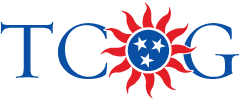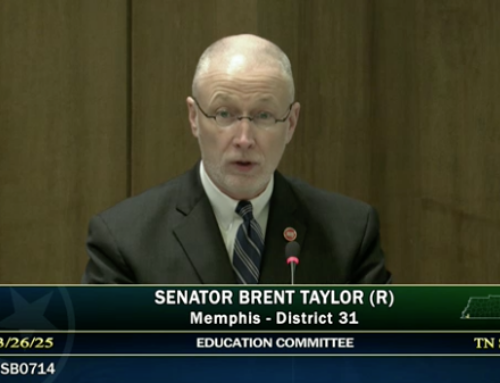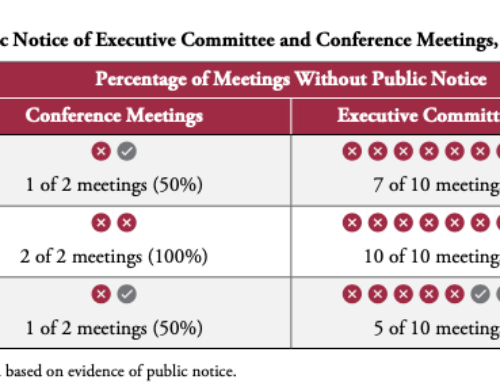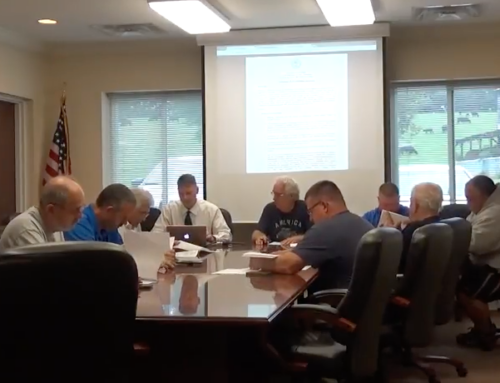Does the governor’s new voucher bill provide enough transparency?
UPDATE: The bill was passed by the Legislature on Thursday, Feb. 25. The final numbers: The program will cost $447 million in its first year, including the cost to administer it, and each of the 20,000 students can receive $7,296 toward private school costs, a number that was revised upward slightly and will go up gradually each year to account for higher costs.
A special session begins next week to take up Gov. Bill Lee’s proposed education voucher program that will award $7,075 to as many as 20,000 Tennessee students for private school expenses.
The program, called the Educaton Freedom Scholarship Act, would build off a pilot program in Davidson, Shelby and Hamilton counties that served 2,088 students in 2023-24. But the new program, if approved, would be different in many ways, including in transparency and accountability.
Students would not have to take same standardized tests as public school students
Probably the most publicized difference is that students in the new voucher program would not have to take the same standardized tests as those in public schools, thus eliminating the main public measure of the state’s success in educating its children. Policymakers, parents and the public can now use published TCAP scores to measure the progress of individual public schools as well as to compare schools, including by grade level.
Under the new voucher program, this clear apples-to-apples comparison between students in public schools and students getting public money vouchers for private schools would go away. Private schools will have to test students annually, but the bill allows the test to be any nationally standardized test that is “aligned to the private school’s instructional plan…”
The bill requires that the private school test results of voucher students must be provided to the Comptroller’s Office of Research and Education Accountability. These will presumably be available to the public, but some think they will be of little or no help in determining whether the private schools in the voucher program provide better schooling than public schools. In other words, the public would know how much of their tax dollars are being spent on the new voucher program but not whether the students in the program are doing better or worse than kids in public schools.
Who will benefit most from the vouchers?
Beyond test results, which sometimes are criticized as imprecise measures of academic achievement anyway, the new program differs from the pilot by loosening income limits.
The new voucher program in the first year would limit 10,000 of the 20,000 vouchers to families whose household income does not exceed 300% of the federal guidelines for reduced-cost lunches. That currently equates to $173,160 for a family of four. The other 10,000 vouchers have no income limit. The pilot program, however, limits all vouchers to families at 200% of the federal guidelines, which is currently $115,440 for a family of four.
So will this program mostly help the wealthy, as some critics have complained?
This may be hard to document after the fact. I’m not certain from the bill’s language that a person’s household income on an application form for the voucher program will be public information. Perhaps the Tennessee Department of Education could release this with the person’s name kept confidential. It would be more probable that the state could independently study the household income levels of students receiving vouchers, but nothing in the bill so far requires this. An effort to make sure this information became public in some way would be a step in assuring Tennesseeans that this is not just a bill for the rich but benefits the middle-class as well.
While household income does not always determine a family’s ability to pay private school tuition (family wealth and grandparents have been known to be a good source for tuition for some), it’s at least one characteristic that is collected and should be shared in some de-identified way with the public.
I do think it’s likely that the state would be required under the public records law to reveal the number of recipients under the first year’s income-capped vouchers and the number under the no-income caps as it exists in the first year. But this would be quite vague and just two categories.
Will most vouchers go to students already in private school?
Another criticism of the program is that most of the vouchers will go to students who are already enrolled in private schools.
This makes sense to me. If you already have a child in private school, why wouldn’t you be first in line to apply for a $7,075 voucher for the 2025-26 school year? Plus, if you get a voucher in the first year, you get first priority in getting one the next year.
A fiscal note on a similar bill that did not pass last year estimated that 105,503 students attend private schools in Tennessee. So it’s quite possible that most of the 20,000 vouchers could go to current private school students who have already been admitted to their private school.
The orientation of the program to students currently in private schools differs from the pilot program, which requires students to be in public school when they apply or (as later expanded) in public school for at least one full year from 2019-2020 to 2021-2022.
Even in future years, a student trying to switch from a public school to a private school does not get priority status in getting a voucher in the new program — income is the priority determinant. After the first school year, priority for vouchers go to students who received the scholarship the previous year, then to low-income students whose household income meets federal standards for reduced lunch (currently $57,720 for a family of four), then to those who meet 300% of reduced lunch guidelines ($173,160), and then to any kids currently enrolled in public schools or just about to enroll in kindergarten.
I see nothing in the bill that would make it confidential how many vouchers are granted to students who are already enrolled in private schools. However, I also see nothing in the bill that specifies that this information should be recorded, tracked, analyzed, and reported by the Department of Education.
From a policy standpoint, I think it’s relevant to know how many students who receive the money were in public schools when they first applied. If the benefit goes to mostly students already in private school, has the state really been successful in expanding educational opportunities across Tennessee to new students? This seems to be a major goal of Lee’s program, and measuring outcomes means tracking data.
Which private schools will benefit most?
Another area in which I’m interested, as an open government advocate, is which private schools will benefit the most from the new government voucher program and, secondarily, how the program will affect the private school market.
I think it’s possible, but not crystal clear, that under the public records law, any payments made to private schools through the voucher accounts would be public information, even if the name of the student is confidential. If that’s the case, journalists and policymakers should be able to find out which private schools in which cities and counties are benefitting the most.
The entire program is expected to cost upward of $145 million in the first year and grow significantly in future years. This new inflow of taxpayer dollars into private schools could change the landscape of the private school market across Tennessee. Will tuition prices rise as more students can afford private school? Or will more schools open or expand? Will new organizations or churches enter the market, providing even more choice?
Being able to track which schools are receiving money and how much they are receiving could help analyze the effects of the program on what is now a private marketplace. Additional data — such as the state gathering tuition rates from schools — would also be helpful.
Program will help families save money on private schools
The governor has touted that most parents have been highly satisfied with the pilot voucher program. Additionally, while TCAP scores are generally lower for students in the program than those in the school districts they left, the Department of Education notes that when it analyzed economically disadvantaged students in the pilot voucher program with economically disadvantaged students in their home districts, they outperformed their peers.
The new program will not replace the pilot program in the state’s three largest school districts. But it expands the financial benefits in that it won’t be solely focused on lower income students nor on students who are currently in the public school system. It is not clear to me that data will be available to fully document outcomes of the program, and the bill makes no requirements that data around who benefits will be tracked and made public.
One thing is certain: For families who currently pay full price to put their students in private schools, this could help them keep a bit more money in their pockets. And for some families, it could be the help they need to send their kids to private school, something they could not have afforded otherwise.
(This column was updated on Jan. 23 to reflect that economically disadvantaged students in the pilot voucher program performed better on TCAP tests than economically disadvantaged students in their home school districts.)




